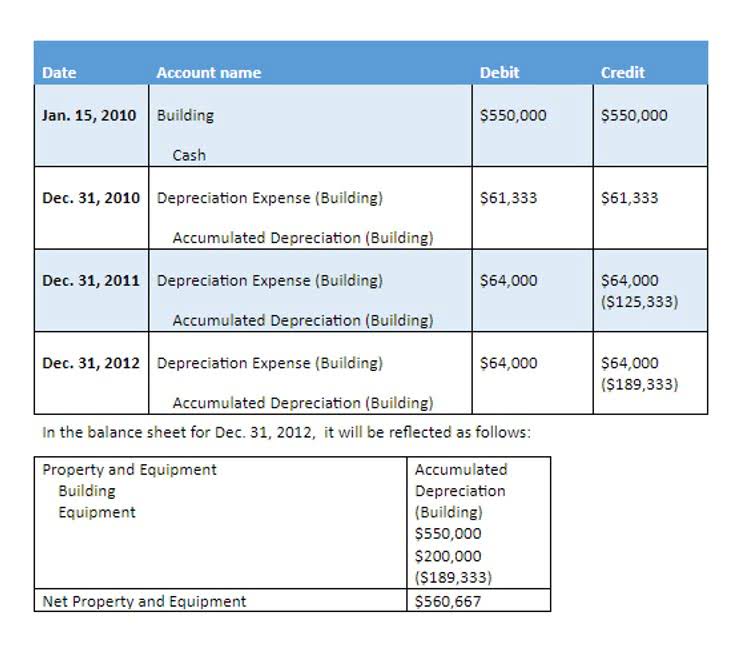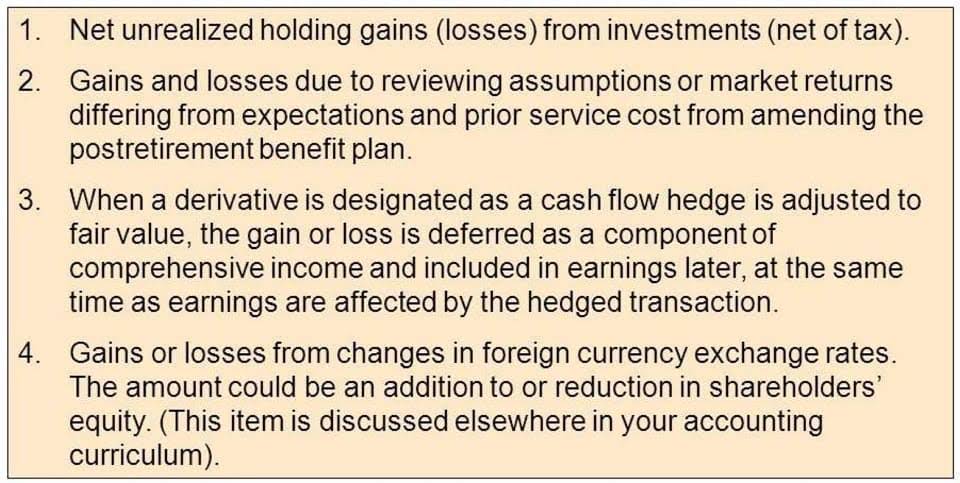In the simplest terms, the contribution margin is like your business’s report card. It tells you how much money each product or service is contributing to cover your fixed costs and start making a profit. The contribution margin is the leftover revenue after variable costs have been covered and it is used to contribute to fixed costs. If the fixed costs have also been paid, the remaining revenue is profit. It means there’s more money for covering fixed costs and contributing to profit. A business has a negative contribution margin when variable expenses are more than net sales revenue.
What is Contribution Margin Ratio?
Furthermore, a contribution margin tells you how much extra revenue you make by creating additional units after reaching your break-even point. Let’s keep this conversation going and continue to build our community of finance adventurers. We then explored how to interpret these results and use them to make informed business decisions. Remember, your contribution margin is like the pulse of your business – it provides valuable insights into the health and potential profitability of your venture. Well, knowing your contribution margin is like having a GPS for your business.
Example of the Contribution Margin Ratio
A low contribution margin or average contribution margin may get your company to break even. The following formula shows how to calculate contribution margin ratio. The contribution margin ratio (CMR) expresses the contribution margin as a percentage of revenues.
Contribution Margin Ratio Calculator
This is not as straightforward as it sounds, because it’s not always clear which costs fall into each category. Analyzing the contribution margin helps managers make several types of decisions, from whether to add or subtract a product line to how to price a product or service to how to structure sales commissions. Before making any major business decision, you should look at other profit measures as well. It showcases the profit potential of a product and the extent to which sales cover fixed costs, aiding in cost planning and profit determination. Contribution margin (sales revenue minus variable costs) is used to evaluate, add and remove products from a company’s product line and make pricing and sales decisions.
Contribution Margin Formula
- Let’s examine how all three approaches convey the same financial performance, although represented somewhat differently.
- It provides one way to show the profit potential of a particular product offered by a company and shows the portion of sales that helps to cover the company’s fixed costs.
- Whereas, your net profit may change with the change in the level of output.
- This is one of several metrics that companies and investors use to make data-driven decisions about their business.
Net income takes into account all expenses, including fixed costs, whereas contribution margin only considers variable costs. Furthermore, net income is a measure of overall profitability while contribution margin is a measure of profitability on a per unit basis. The contribution margin income statement separates the fixed and variables https://www.bookkeeping-reviews.com/ costs on the face of the income statement. This highlights the margin and helps illustrate where a company’s expenses. Variable expenses can be compared year over year to establish a trend and show how profits are affected. The contribution margin represents how much revenue remains after all variable costs have been paid.
The best contribution margin is 100%, so the closer the contribution margin is to 100%, the better. The higher the number, the better a company is at covering its overhead costs with money on hand. The contribution margin ratio is calculated as (Revenue – Variable Costs) / Revenue. Ultimately, grasping and effectively utilizing the concept of Contribution Margin is essential for businesses to evaluate profitability, make informed pricing decisions, and enhance operational efficiency.
The calculator will not only calculate the margin itself but will also return the contribution margin ratio. When it splits its costs into variable costs and fixed costs, your business can calculate its breakeven point in units or dollars. At breakeven, variable and fixed costs are covered by the sales price, but no profit is generated. You can use contribution margin to calculate how much profit your company will make from selling each additional product unit when breakeven is reached through cost-volume-profit analysis. Therefore, the unit contribution margin (selling price per unit minus variable costs per unit) is $3.05.
Accordingly, in the Dobson Books Company example, the contribution margin ratio was as follows. Thus, the contribution margin ratio expresses the relationship between the change in your sales volume and profit. So, it is an important financial ratio to examine the effectiveness of your business operations. Sales revenue refers to the total income your business generates as a result of selling goods or services.
The contribution margin shows how much additional revenue is generated by making each additional unit product after the company has reached the breakeven point. In other words, it measures how much money each additional sale “contributes” to the company’s total profits. Where C is the contribution margin, R is the total revenue, and V represents variable costs. The CM ratio is a useful tool for managers when making decisions such as setting sales prices, selecting product lines, and managing costs. It is also used in break-even analysis and to measure operating leverage. For instance, you can make a pricier version of a general product if you project that it’ll better use your limited resources given your fixed and variable costs.
CM is used to measure product profitability, set selling prices, decide whether to introduce a new product, discontinue selling a specific product, or accept potential customer orders with non-standard pricing. Calculating contribution margin (the difference between sales revenue and variable costs) is an effective financial analysis tool for making strategic business decisions. Similarly, we can then calculate the variable cost per unit by dividing the total variable costs by the number of products sold. Your contribution margin is the amount that your revenue from one sale exceeds, or is exceeded by, the costs you paid to develop that one sold unit. These costs are called variable costs, and they vary as your business makes more products. So, if you spend $50 to make one unit of your product, and you sell that one unit for $75, your contribution margin is $25 ($75 minus $50).
Calculate contribution margin for the overall business, for each product, and as a contribution margin ratio. Calculations with given assumptions follow in the Examples of Contribution Margin section. For example, assume that the students are going to lease vans from their university’s motor pool to drive to their conference.
Leave out the fixed costs (labor, electricity, machinery, utensils, etc). In order to perform this analysis, calculate the contribution margin per unit, then divide the fixed costs by this number and you will know how many units you have to sell to break even. As another step, you can compute the cash breakeven point using cash-based variable costs and fixed costs. Compare the lines for determining accrual basis breakeven and cash breakeven on a graph showing different volume levels. The variable costs to produce the baseball include direct raw materials, direct labor, and other direct production costs that vary with volume. If all variable and fixed costs are covered by the selling price, the breakeven point is reached, and any remaining amount is profit.
For example, a business could make volume purchases in order to acquire direct materials with volume discounts. Another option is to alter product configurations in order to use less-expensive materials. Or, products could be redesigned to require less manufacturing labor to produce.
Analyzing the contribution margin regularly helps identify areas for improvement and informs decision-making. Identifying and controlling these costs are vital for effective cost control strategies. Fixed costs are often sunk costs not factored into contribution margin calculations, while variable costs directly impact the contribution margin. Consider its name — the contribution margin is how much the sale of a particular product or service contributes to your company’s overall profitability. It’s how valuable the sale of a specific product or product line is. This is the net amount that the company expects to receive from its total sales.
This cost of the machine represents a fixed cost (and not a variable cost) as its charges do not increase based on the units produced. Such fixed costs are not considered in the contribution margin calculations. The contribution margin is different from the gross profit margin, the difference between sales revenue and the cost of goods sold. While contribution margins only count the variable costs, the gross profit margin includes all of the costs that a company incurs in order to make sales. Contribution margin is the revenue that is generated beyond what is necessary to cover the variable costs of production, such as materials and non-salaried labor costs.
These can fluctuate from time to time, such as the cost of electricity or certain supplies that depend on supply chain status. Mike Dion brings a wealth of knowledge in business finance to his writing, drawing on his background as a Senior FP&A Leader. Over more than a decade of finance experience, Mike has added tens of millions of dollars to businesses from the Fortune 100 to startups and from Entertainment to Telecom. Mike received his Bachelor of Science in Finance and a Master of International Business from the University of Florida, laying a solid foundation for his career in finance and accounting.
Contribution margin, gross margin, and profit are different profitability measures of revenues over costs. Gross margin is shown on the income statement as revenues minus cost of goods sold (COGS), which includes both variable and allocated fixed overhead costs. Profit is gross margin minus the remaining expenses, aka net income. In our example, the sales revenue from one shirt is \(\$15\) and the variable cost of one shirt is \(\$10\), so the individual contribution margin is \(\$5\). This \(\$5\) contribution margin is assumed to first cover fixed costs first and then realized as profit. The contribution margin (CM) ratio is equal to total sales revenue minus variable costs to the business, divided by total sales revenue.
Instead of looking at the profitability of a company on a consolidated basis with all products grouped together, the contribution margin enables product-level margin analysis on a per-unit basis. Therefore, it is not advised to continue selling your product if your contribution margin ratio is too low or negative. This is because it would be quite challenging for your business to earn profits over the long-term. Now, this situation can change when your level of production increases. As mentioned above, the per unit variable cost decreases with the increase in the level of production.
Fixed costs are expenses incurred that do not fluctuate when there are changes in the production volume or services produced. These are costs that are independent of the business operations and which cannot be avoided. In determining the price and level of production, fixed costs are used in break-even analysis to ensure profitability.
The company’s contribution margin of $3.05 will cover fixed costs of $2.33, contributing $0.72 to profits. As you will learn in future chapters, in order for businesses to remain profitable, it is important for managers to understand how to measure and manage fixed and variable costs for decision-making. In this chapter, we begin examining the relationship among sales volume, fixed costs, variable costs, and profit in decision-making. We will discuss how to use the concepts of fixed and variable costs and their relationship to profit to determine the sales needed to break even or to reach a desired profit. You will also learn how to plan for changes in selling price or costs, whether a single product, multiple products, or services are involved.
Accordingly, the Contribution Margin Per Unit of Umbrella would be as follows. Profit margin is calculated using all expenses that directly go into producing the product. The contribution margin can help company management select from among several possible products that compete to use the same set of manufacturing resources. Say that a company has a pen-manufacturing machine that is capable of producing both ink pens and ball-point pens, and management must make a choice to produce only one of them. In the dynamic world of business, understanding key financial indicators is essential for effective decision-making.
Assume your drink bottling business has $300,000 in fixed costs, which are costs that do not vary with the level of production. Common examples of fixed costs include salaried employees, lease or rent payments, and insurance premiums. High CM ratios are generally desirable because they indicate that a large portion of each sale contributes to covering fixed costs and profit. However, it is also essential to balance this with the level of fixed costs – a business with high fixed costs will need a higher CM ratio to break even. A contribution margin represents the money made by selling a product or unit after subtracting the variable costs to run your business. To run a company successfully, you need to know everything about your business, including its financials.
Some income statements report net sales as the only sales figure, while others actually report total sales and make deductions for returns and allowances. Either way, this number will be reported at the top of the income statement. Calculating the contribution margin for each product is one solution to business and accounting problems arising from not doing enough financial analysis.
Contribution margin analysis can help Bob make important business decisions. For example, maybe Bob is thinking about introducing a new type of bagel. By calculating the contribution margin for this new product, Bob can figure out if it’s financially worth it. He can use his contribution margin to see how this price increase would affect his profitability. The contribution margin tells us whether the unit, product line, department, or company is contributing to covering fixed costs. The CVP relationships of many organizations have become more complex recently because many labor-intensive jobs have been replaced by or supplemented with technology, changing both fixed and variable costs.
Analyzing contribution margin helps in optimizing revenues by increasing sales or reducing variable costs, ensuring efficient utilization of resources and enhancing overall profitability. The money left over after paying for the lemons, sugar, and water is your contribution margin. It helps you see how many glasses of lemonade you need to sell before you start actually making a profit. The contribution margin measures how efficiently a company can produce products and maintain low levels of variable costs. It is considered a managerial ratio because companies rarely report margins to the public. Instead, management uses this calculation to help improve internal procedures in the production process.
Currently working as a consultant within the financial services sector, Paul is the CEO and chief editor of BoyceWire. He has written publications for FEE, the Mises Institute, and many others. We put together a list of the best, most profitable small business ideas for entrepreneurs to pursue in 2024.
Selling price per unit times number of units sold for Product A equals total product revenue. Let’s examine how all three approaches convey the same financial performance, although represented somewhat differently. The contribution margin should be relatively high, since it must be sufficient to also cover fixed expenses and administrative overhead.
Well, my financial comrades, we’ve journeyed through the fascinating world of contribution margins together, and what a ride it’s been! We started with the basics and learned how to calculate contribution margins, using our friend Bob’s Brilliant Bagels as a relatable example. This metric is typically used to calculate the break even point of a production process and set the pricing of a product. They also use this to forecast the profits of the budgeted production numbers after the prices have been set. Instead of doing contribution margin analyses on whole product lines, it is also helpful to find out just how much every unit sold is bringing into the business.
The contribution margin can be presented in dollars or as a percentage. The contribution margin is not necessarily a good indication of economic benefit. Companies may have significant fixed costs that need to be factored in. For League Recreation’s Product A, a premium baseball, the selling price per unit is $8.00.
A subcategory of fixed costs is overhead costs that are allocated in GAAP accounting to inventory and cost of goods sold. This allocation of fixed overhead isn’t done for internal analysis of contribution margin. Knowing incremental analysis allows us to move on to calculating the contribution margin ratio. To get the ratio, all you need to do is divide the contribution margin by the total revenue. The difference between variable costs and fixed costs is as follows. For a quick example to illustrate the concept, suppose there is an e-commerce retailer selling t-shirts online for $25.00 with variable costs of $10.00 per unit.
As with other figures, it is important to consider contribution margins in relation to other metrics rather than in isolation. A key characteristic of the contribution margin is that it remains fixed on a per unit basis irrespective of the number of units manufactured or sold. On the other hand, the net profit per unit may increase/decrease non-linearly with the number of units sold as it includes the fixed costs.
Therefore, we will try to understand what is contribution margin, the contribution margin ratio, and how to find contribution margin. Variable costs tend to represent expenses such as materials, shipping, and marketing, Companies can reduce these costs by identifying alternatives, such as using cheaper materials or alternative shipping providers. Hold on to understand how duration in fixed income investing measures risk exposure to interest rate changes and aids in optimizing returns.…









